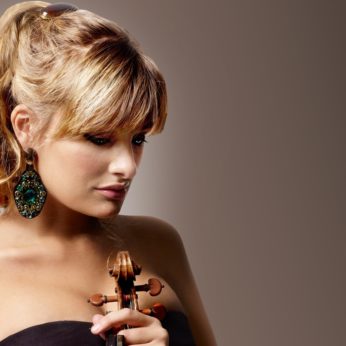Composer: Robert Schumann (b. 1810 - d. 1856)
Performance date: 02/07/2011
Venue: Bantry Library
Composition Year: 1842
Duration: 00:27:51
Recording Engineer: Anton Timoney, RTÉ lyric fm
Instrumentation: vc, pf
Instrumentation Category:Piano Quartet/Piano Quintet
Artists:
Alexei Grynyuk -
[piano]
Leonard Elschenbroich -
[cello]
Amihai Grosz -
[viola]
Nicola Benedetti -
[violin]

Copyright © 2024 West Cork Music. All rights reserved.
Designed and developed by Matrix Internet